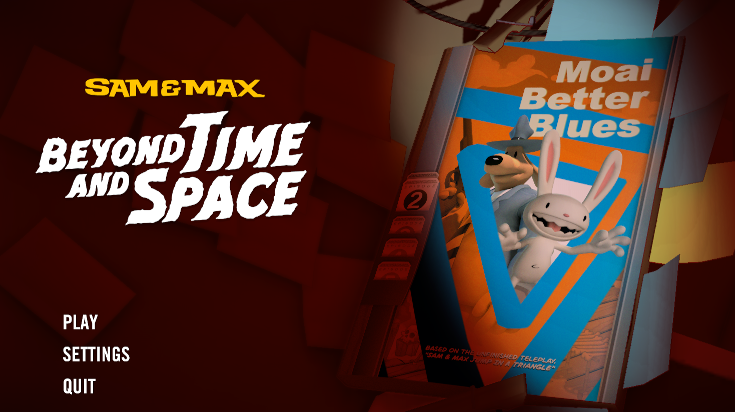San Francisco Ballet: NUTCRACKER
Helgi Tomasson, Artistic Director
December 10, 2021
San Francisco Opera House
A Joyous Christmas Present
Helgi Tomasson has been artistic director of the San Francisco Ballet for thirty-seven years. The coming 2022 season celebrates his retirement from the company. As a farewell present, he has presented a superb, delightful NUTCRACKER for the holiday season.
Performances of NUTCRACKER run through December 30! Take yourself, both your adult and child self to see it! It will make for a happy holiday event.
There are many reasons to cheer. For everyone who has been confined for many months (including the dancers), returning to the opera house is a delight. The seats have been refurbished; the dining spaces are open; games and exhibitions are displayed in the Lobby. Although proof of vaccination and masks are required for entry, the San Francisco community can happily celebrate the performance NUTCRACKER.
Celebrate the artistry of the principles! Tiit Helimets as Uncle Drosselmeyer starts the show in his Market Street shop. He has created a magic Nutcracker to present to Clara (Abby Cannon) at the Stahlbaum’s holiday party. And what a party it is! The guests are entertained by a “Jack in the Box”, and dancing dolls (Lonnie Weeks, Lauren Parrott, Cavan Conley). All are splendid performers but Helimets dominates the scene. His every gesture, in this scene and throughout the show, is gracious and exact.
The dream magic of NUTCRACKER follows as Clara falls asleep with her Nutcracker doll. In the battle between the mice and the soldiers, Clara becomes the heroine as she captures the Mouse King (this time with a mouse trap!) and the Nutcracker (Joseph Walsh) appears. Wondrous stagecraft transforms the house into a magical kingdom where Yuan Yuan Tan and Henry Sidford, dance as Queen & King of the Snow, accompanied by dancing snowflakes (SF Ballet Corps) and 600 pounds of “snow.”
Act II provides us with continuous entertainment. There are dances from around the world (Spanish, Arabian, Chinese, French and Russian). Finally from within a huge skirt, we meet Madame Du Cirque: Louis Schilling with her Buffoons, (Students of San Francisco Ballet School). Lleyton Ho adds humor as a rolly-polly bear.
The Sugar Plum Fairy is danced by Nikisha Fogo. She has recently been appointed principle dancer for the company. As noted in Tomasson’s recognition she is a “versatile dancer, complete with superb technique and great musicality.” Fogo leads the familiar “Waltz of the Flowers” with the excellent SFBallet Corps de Ballet as the flowers costumed in fall colors, orange and yellow.
The performance closes with a Grand Pas de Deux: Frances Chung and Joseph Walsh. It is wonderful to note the many years of dance pleasure Chung has given San Francisco Ballet audiences. She and Walsh bring the 2021 “NUTCRACKER” to a close. The entire performance is a festive holiday present! Go see it!
Postscript Note:
The printed program produced for this 2021 NUTCRACKER event is a great pleasure in and of itself.The story of the NUTCRACKER is detailed in text and with photos of the ballet company, so that children and adults can follow the events on stage. The cast list for that days performance (since it changes each time), printed separately from the program is added below.
———————————————————————————————————
ACT I
Uncle Drosselmeyer: Tiit Helimets
Clara: Abby Cannon
Fritz: Kai Hannigan
Housekeeper and Maid: Maggie Weirich, Ellen Rose Hummel
Dr. & Mrs. Stahlbaum: Nathaniel Remez, Katita Waldo
Grandparents: Jim Sohm, Kristi DeCaminada
Party Guests: Megan Amanda Ehrlich, Blake Johnston, Swane Messaoudi, Elizabeth Powell, Sean Bennett, Estéban Cuadrado, Joshua Jack Price, Jacob Seltzer, with Students of San Francisco Ballet School
Dancing Dolls: Lonnie Weeks, Lauren Parrott, Cavan Conley
The Nutcracker Prince: Joseph Walsh
King of the Mice: Alexander Reneff-Olson
Queen & King of the Snow: Yuan Yuan Tan and Henry Sidford
Snowflakes: Alexis Aiudi, Kamryn Baldwin, Juliana Bellissimo, Samantha Bristow, Olivia Brothers, Thamires Chuvas, Megan Amanda Ehrlich, Gabriela Gonzalez, Sun Min Lee, Carmela Mayo, Pemberley Ann Olson, Leili Rackow, Natasha Sheehan, Tyla Steinbach, Jamie Adele Stephens, Victoria Wright
ACT II
The Sugar Plum Fairy: Nikisha Fogo
Spanish: Isabella DeVivo, Ellen Rose Hummel, Diego Cruz, Cavan Conley, Myles Thatcher
Arabian: WanTing Zhao with Daniel Deivison-Oliveira, Steven Morse
Chinese: Esteban Hernandez with Students of San Francisco Ballet School
French: Ludmila Bizalion, Blake Johnston, Maggie Weirich
Russian: Lucas Erni with Joshua Jack Price, Jacob Seltzer
Madame Du Cirque: Louis Schilling
with her Buffoons: Students of San Francisco Ballet School with Lleyton Ho
Waltzing Flowers: Alexis Aiudi, Kamryn Baldwin, Samantha Bristow, Olivia Brothers, Thamires Chuvas, Megan Amanda Ehrlich, Gabriela Gonzalez, SunMin Lee, Carmela Mayo, Swane Messaoudi, Nicole Moyer, Lauren Parrott, Leili Rackow, Natasha Sheehan, Tyla Steinbach, Jamie Adele Stephens
Grand Pas de Deux: Frances Chung and Joseph Walsh

